Home>Garden Essentials>How To Get Seeds From Lettuce
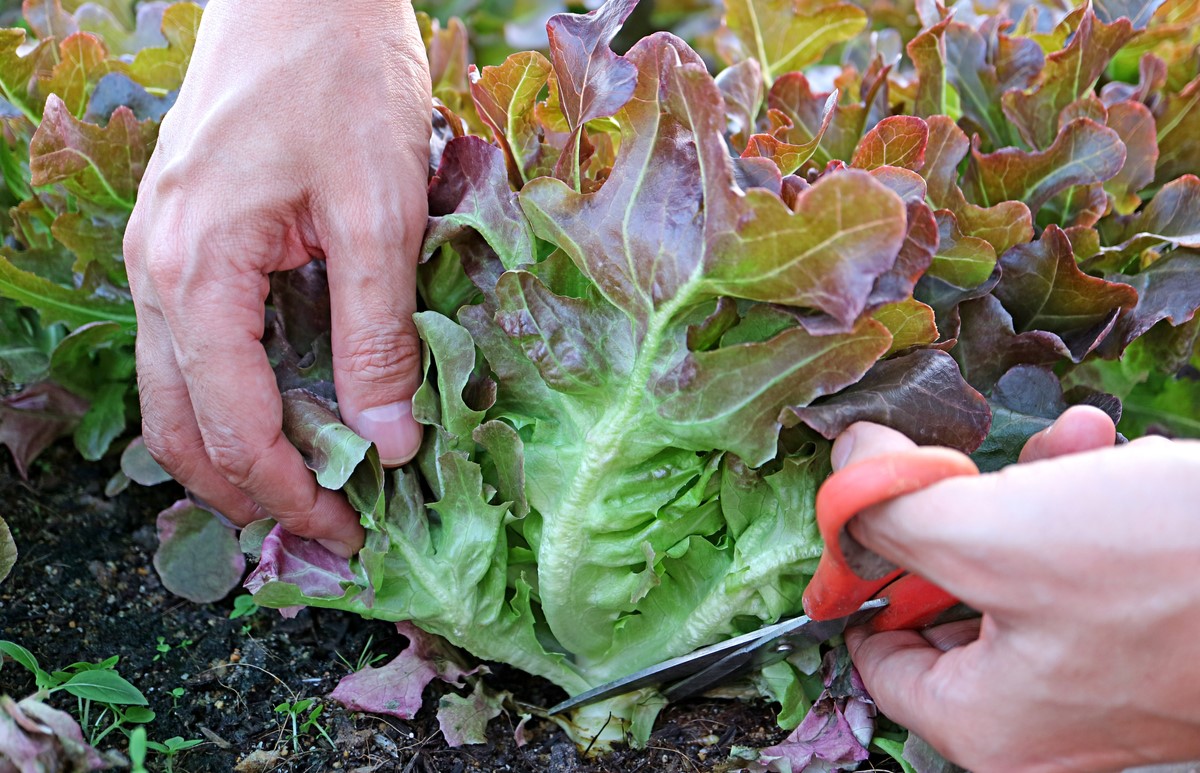

Garden Essentials
How To Get Seeds From Lettuce
Modified: August 27, 2024
Learn how to get seeds from lettuce in your garden and ensure a bountiful harvest. Follow our simple step-by-step guide for successful seed saving.
(Many of the links in this article redirect to a specific reviewed product. Your purchase of these products through affiliate links helps to generate commission for Storables.com, at no extra cost. Learn more)
Introduction
Welcome to the fascinating world of seed saving! In this article, we will delve into the exciting journey of harvesting and saving seeds from lettuce plants. Saving seeds not only allows you to enjoy a continuous supply of fresh lettuce in your garden but also empowers you to become self-sufficient and contribute to the preservation of heirloom varieties.
Why save seeds from lettuce, you might ask? Well, lettuce is a popular leafy green vegetable that comes in various shapes, colors, and flavors. By saving its seeds, you can preserve specific traits and characteristics that you love in a particular lettuce variety. Additionally, commercial lettuce seeds might be genetically modified or treated with chemicals, affecting their taste and overall quality. By saving your own seeds, you have full control over the growing process and can guarantee a truly organic and natural experience.
Now, let’s dive into the basics of lettuce seed saving.
Key Takeaways:
- Saving lettuce seeds preserves unique flavors and traits, saves money, and helps the environment by reducing reliance on commercial seeds. It’s a fun way to connect with nature and tradition.
- To save lettuce seeds, choose healthy plants, collect and clean the seeds carefully, and store them in a cool, dry place. Regularly test seed viability for successful future plantings.
Read more: How To Get Seed From Lettuce
Why save seeds from lettuce?
There are several compelling reasons why you should consider saving seeds from your lettuce plants. Let’s explore some of the key benefits:
- Preserve heirloom varieties: Lettuce comes in a wide range of heirloom varieties, each with its own unique flavor, texture, and appearance. By saving seeds from these varieties, you play a crucial role in preserving these genetic characteristics for future generations.
- Cost-effective: Buying lettuce seeds every planting season can become costly, especially if you have a large garden or want to experiment with different varieties. By saving seeds, you can save money in the long run, as you’ll have an endless supply of seeds without having to purchase them regularly.
- Environmental sustainability: Growing your own lettuce from saved seeds promotes environmental sustainability. By reducing your reliance on commercially produced seeds, you contribute to the overall conservation of biodiversity and lessen the environmental impact associated with seed production, packaging, and transportation.
- Taste and quality control: When you save seeds from your own lettuce plants, you have full control over the growing process. You can choose to save seeds from the most flavorful, disease-resistant, or vigorous plants, ensuring a higher quality harvest the following year.
- Adaptation to local conditions: By saving seeds from lettuce plants that have thrived in your specific garden conditions, you are essentially creating a regionally adapted variety. These seeds have undergone natural selection and are likely to perform better in your area, leading to healthier and more productive plants.
In addition to these reasons, saving lettuce seeds can be an incredibly rewarding experience. It connects you to the ancient practice of seed saving, allowing you to develop a deeper understanding and appreciation for the plants you grow.
Now that you understand the benefits of saving lettuce seeds, let’s move on to the basics of seed saving.
Lettuce seed-saving basics
Before we dive into the process of saving seeds from lettuce plants, it’s important to understand some basic principles of seed saving. Here are a few key points to keep in mind:
- Open-pollinated varieties: To successfully save seeds, choose open-pollinated lettuce varieties. These plants are pollinated by insects, wind, or self-pollination, resulting in seeds that are true to the parent plant’s characteristics.
- Isolation distance: Different lettuce varieties can cross-pollinate, leading to hybridization and the potential loss of desired traits. To prevent cross-pollination, you can either separate different varieties by at least 10 feet or use physical barriers such as row covers or isolation cages.
- Seed maturity: Lettuce plants produce seeds when they reach full maturity. However, the timing for seed maturity varies among lettuce varieties. Generally, allow the lettuce plant to bolt (produce a flower stalk) and let the flowers turn into seed heads before harvesting the seeds.
- Seed viability: To ensure successful germination in the following season, it’s important to harvest seeds only from fully mature, healthy, and disease-free plants. Avoid using seeds from weak or diseased plants, as this can impact the quality of future harvests.
Now that we have covered the basic principles, let’s move on to choosing the right lettuce plant for seed saving.
Choosing the right lettuce plant
When it comes to selecting a lettuce plant for seed saving, there are a few key factors to consider. These factors will ensure that you choose a plant with desirable traits for future harvests:
- Variety selection: Choose a lettuce variety that you enjoy eating and that thrives in your climate. Consider factors such as flavor, texture, color, and disease resistance. It’s important to save seeds from open-pollinated varieties to ensure the next generation retains the desired traits.
- Plant health: Select a healthy and vigorous lettuce plant for seed saving. Look for plants that have shown resistance to diseases, pests, and environmental stressors. This will increase the chances of producing robust offspring.
- Flowering and bolting: As mentioned earlier, lettuce plants produce seeds after they bolt and go to seed. Look for plants that have bolted and are producing flower stalks. This indicates that the plant has reached its reproductive stage and is ready for seed collection.
- Genetic diversity: If you have multiple lettuce plants, it’s beneficial to save seeds from multiple plants to ensure genetic diversity. This helps to prevent inbreeding depression and promotes the resilience and adaptability of the lettuce population.
Once you have chosen the right lettuce plant for seed saving, it’s time to move on to the process of collecting the lettuce seeds. Let’s explore that next.
To get seeds from lettuce, allow a few plants to bolt (produce a tall flower stalk). Once the flowers turn into fluffy white seed heads, collect and dry the seeds for future planting.
Lettuce seed collection
Collecting seeds from lettuce plants requires careful observation and patience. Here is a step-by-step guide to help you collect lettuce seeds effectively:
- Wait for flowering: Allow your lettuce plant to fully bolt and produce flower stalks. This is an indication that the plant is entering its reproductive stage and preparing to produce seeds.
- Observe flower development: As the flowers develop, pay attention to their progress. Lettuce flowers are small and usually yellow, with multiple petals. Once they start to wither and brown, it’s a sign that the seeds are maturing.
- Harvest seed heads: Cut the seed heads from the plant once they have fully dried and turned a light tan or brown color. Place a bag or container beneath the seed head to catch any seeds that might fall during the process.
- Threshing: Gently rub the seed heads between your hands to loosen the seeds. You can also use a wire mesh screen or a sieve to separate the seeds from the chaff. Be careful not to damage the seeds during this process.
- Cleaning: Remove any remaining debris or chaff from the seeds by winnowing. This can be done by slowly pouring the seeds from one container to another in front of a gentle breeze. The lighter chaff will blow away, leaving behind the clean seeds.
It’s important to note that lettuce seeds are small and lightweight, so be careful not to lose or mix them up during the collection and cleaning process.
Now that you have collected the lettuce seeds, let’s move on to preparing them for storage.
Read more: How To Get Lettuce Seeds From Plant
Preparing lettuce seeds for storage
Properly preparing lettuce seeds for storage is essential to maintain their viability and ensure successful germination in the future. Here are the steps to follow in order to prepare your lettuce seeds for storage:
- Drying: After threshing and cleaning the seeds, spread them out in a single layer on a clean, dry surface. Allow them to air dry for about 2-3 weeks in a cool, well-ventilated location. This ensures that the seeds are completely dry before storage.
- Labeling: It’s important to label your seeds with the variety name and the date of collection. This will help you keep track of the seeds and their freshness as time goes by.
- Dehydration: To further enhance seed longevity, you can use desiccant packets or silica gel to absorb moisture. Place the dried seeds in a small, breathable bag with a desiccant packet or silica gel, and seal it tightly. This helps prevent any moisture buildup that can reduce seed viability.
It’s important to note that lettuce seeds have a relatively short shelf life compared to other seeds. They can remain viable for about 2-3 years if properly stored. Therefore, it’s recommended to save seeds from lettuce plants each year to ensure a fresh supply of viable seeds.
Now that you have prepared the lettuce seeds for storage, let’s move on to discussing the best practices for storing them.
Storing lettuce seeds
Proper storage is key to maintaining the viability of lettuce seeds. Below are some guidelines for storing lettuce seeds:
- Cool and dry location: Store the prepared lettuce seeds in a cool and dry place, away from direct sunlight and fluctuations in temperature. A temperature between 32-41°F (0-5°C) is ideal for maintaining seed viability.
- Airtight container: Place the labeled and dehydrated seeds in an airtight container, such as a glass jar or a resealable plastic bag. This helps protect the seeds from moisture and pests.
- Refrigeration or freezer: For long-term storage, you can consider storing the lettuce seeds in the refrigerator or freezer. Make sure the seeds are completely dry and sealed in an airtight container to prevent any moisture buildup when placed in the cold environment.
- Periodic viability testing: To ensure the seeds remain viable, it’s a good practice to perform periodic viability testing. Take a small sample of seeds and test their germination rate by placing them between moist paper towels. If the germination rate is above 70%, the seeds can still be considered viable for planting.
By following these storage practices, you can extend the longevity of your lettuce seeds and ensure a steady supply for future growing seasons.
Congratulations! You have now learned the basics of saving and storing lettuce seeds. By incorporating seed saving into your gardening routine, you can enjoy the rewards of self-sufficiency, adaptability, and preserving heirloom varieties. So, go ahead and embark on this exciting journey of lettuce seed saving!
Happy gardening!
Conclusion
Saving seeds from lettuce plants is a rewarding and sustainable practice that allows you to preserve heirloom varieties, save money, and have control over the quality and flavor of your lettuce harvest. By following the seed-saving basics, choosing the right lettuce plant, and properly collecting and preparing the seeds for storage, you can ensure the longevity and viability of your lettuce seeds.
When you save seeds from lettuce, you become part of a tradition that stretches back for centuries. You contribute to the conservation of genetic diversity and the resilience of our food systems. By selecting the healthiest and most robust plants, you can adapt lettuce varieties to thrive in your specific garden conditions.
Remember to label your seeds, keep them dry, and store them in a cool location. Regularly testing the viability of your lettuce seeds ensures you are always planting seeds with a high germination rate.
So why not start saving seeds from your lettuce plants? Embrace the joy of self-sufficiency, the wonder of nature, and the pride of preserving a part of our agricultural heritage. Lettuce seed saving is not only a practical endeavor but also a beautiful journey that connects us to the nurturing power of the earth.
Get ready to enjoy endless harvests of lettuce, experience the joy of growing your own food, and contribute to a more sustainable and resilient future. Happy seed saving!
Frequently Asked Questions about How To Get Seeds From Lettuce
Was this page helpful?
At Storables.com, we guarantee accurate and reliable information. Our content, validated by Expert Board Contributors, is crafted following stringent Editorial Policies. We're committed to providing you with well-researched, expert-backed insights for all your informational needs.

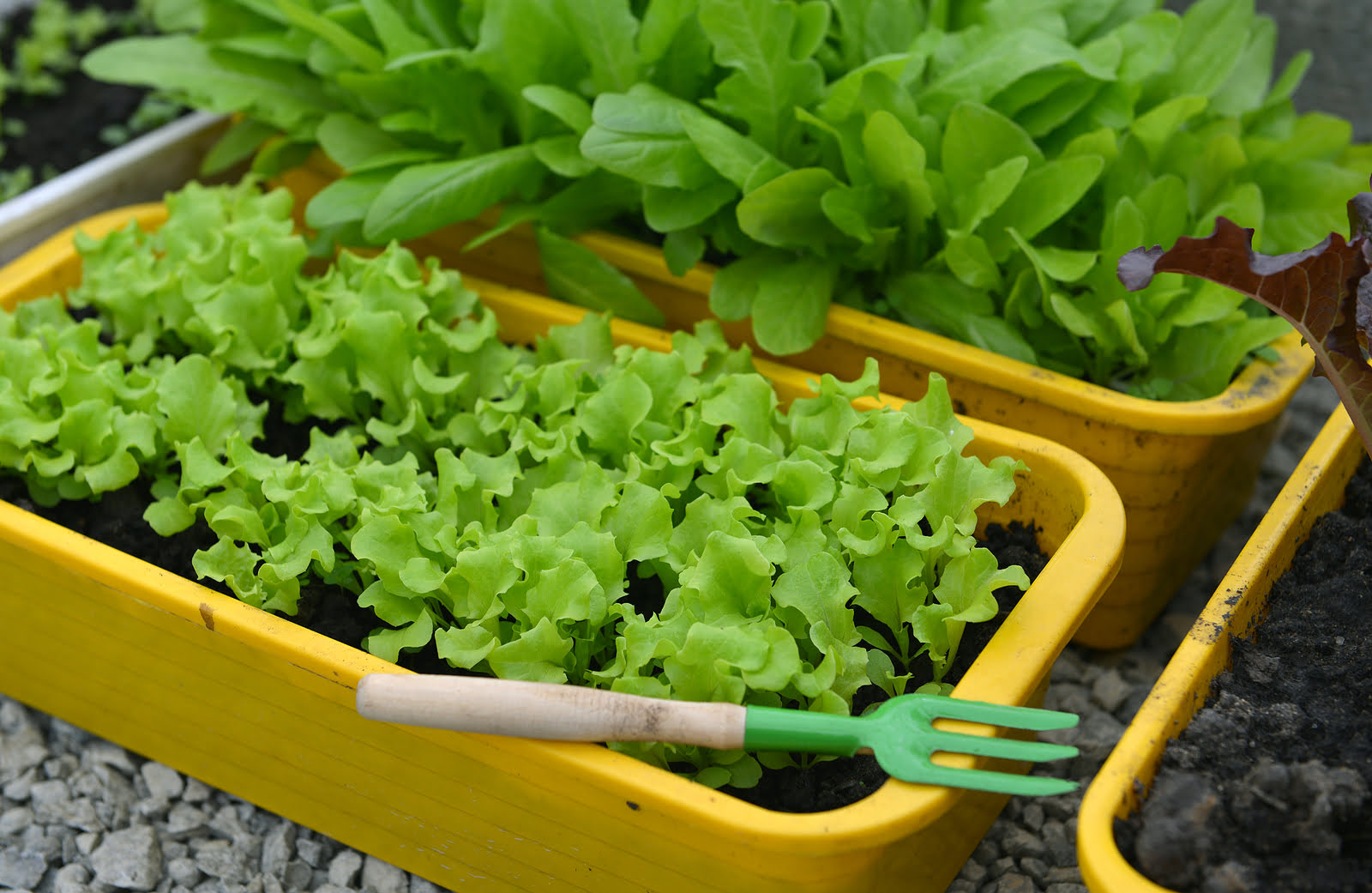
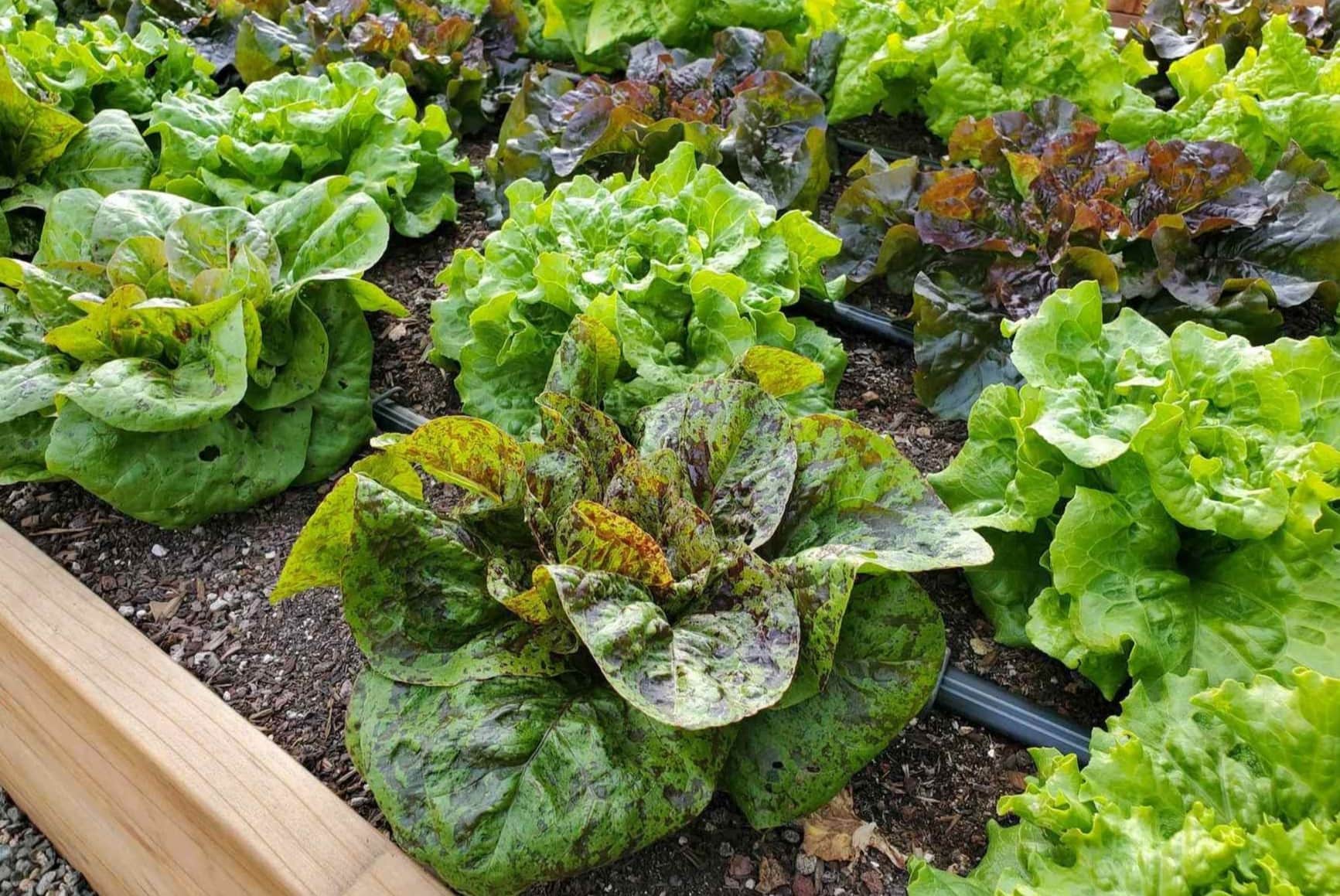
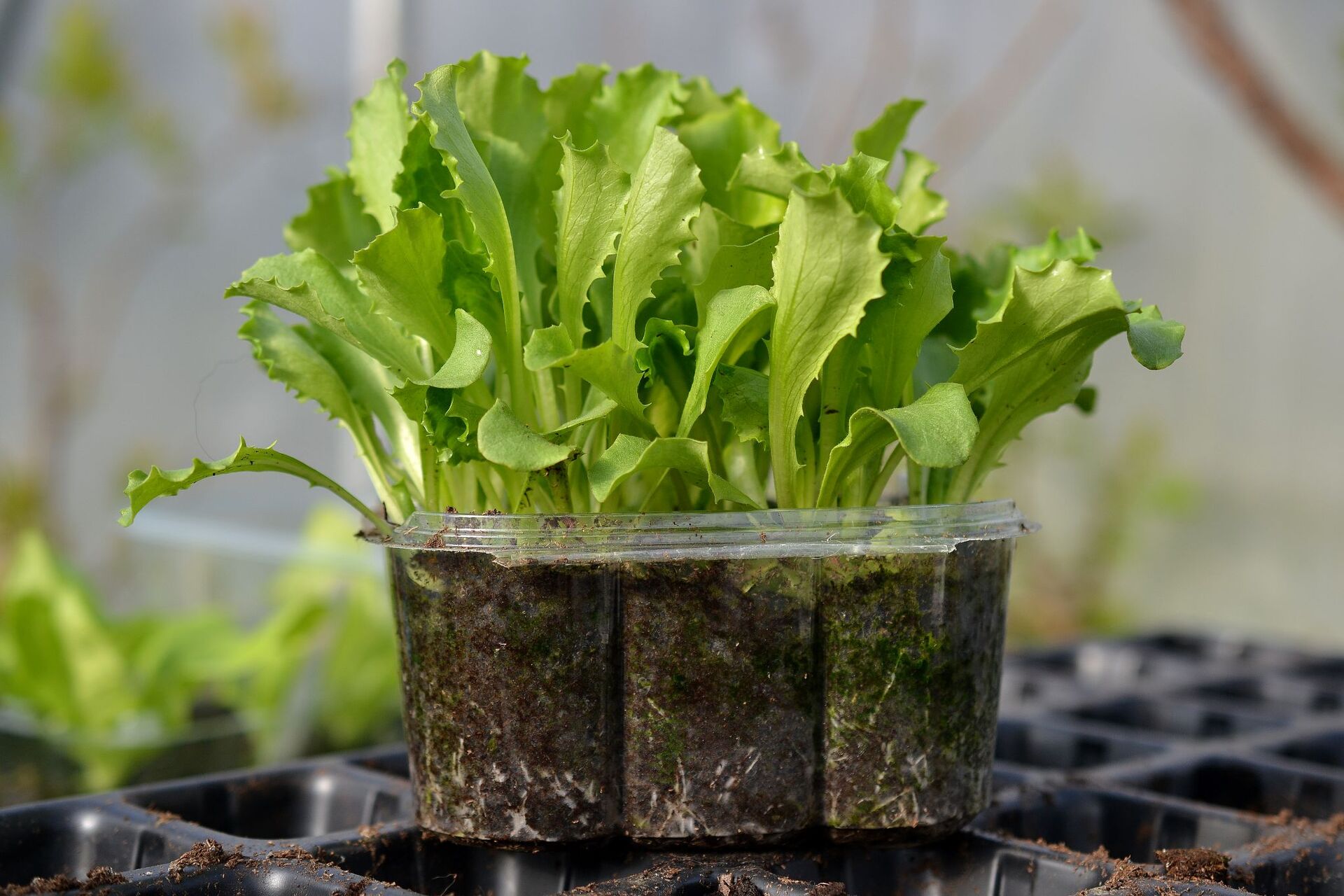

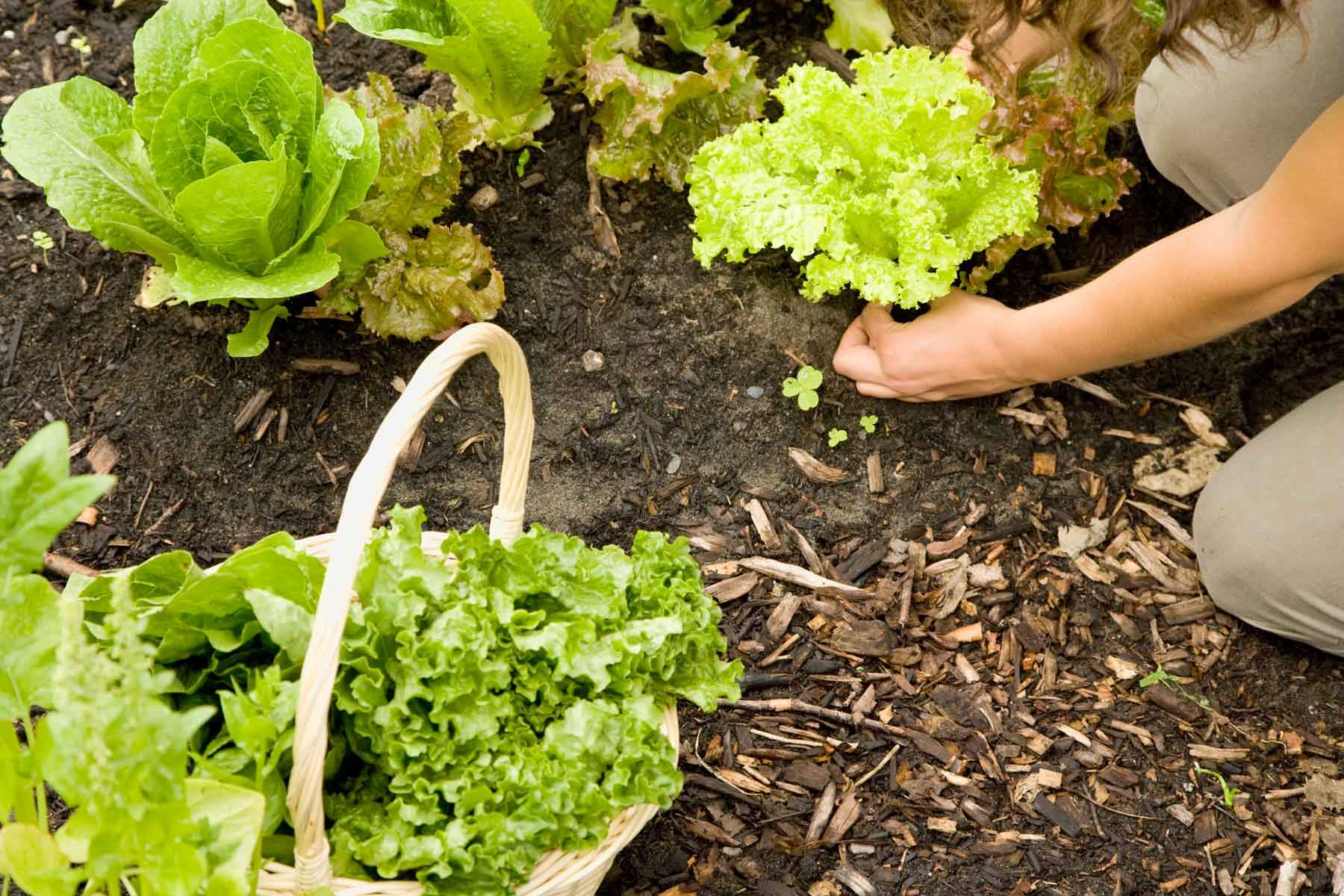
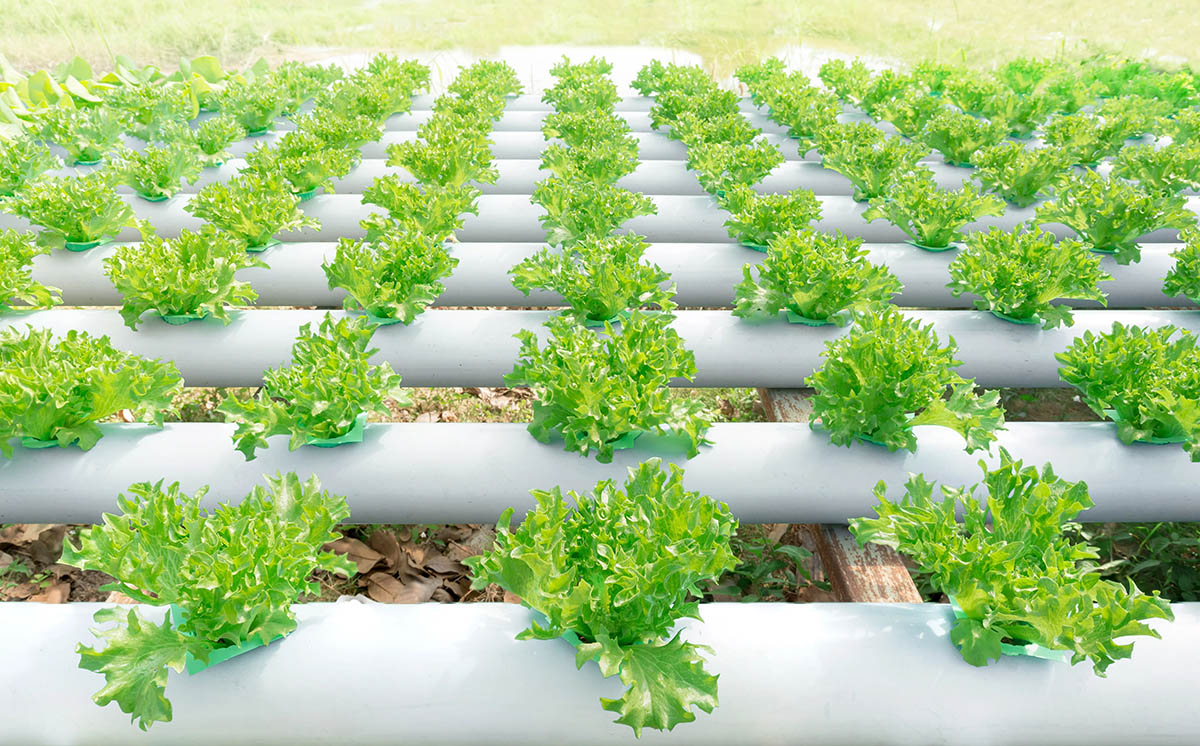
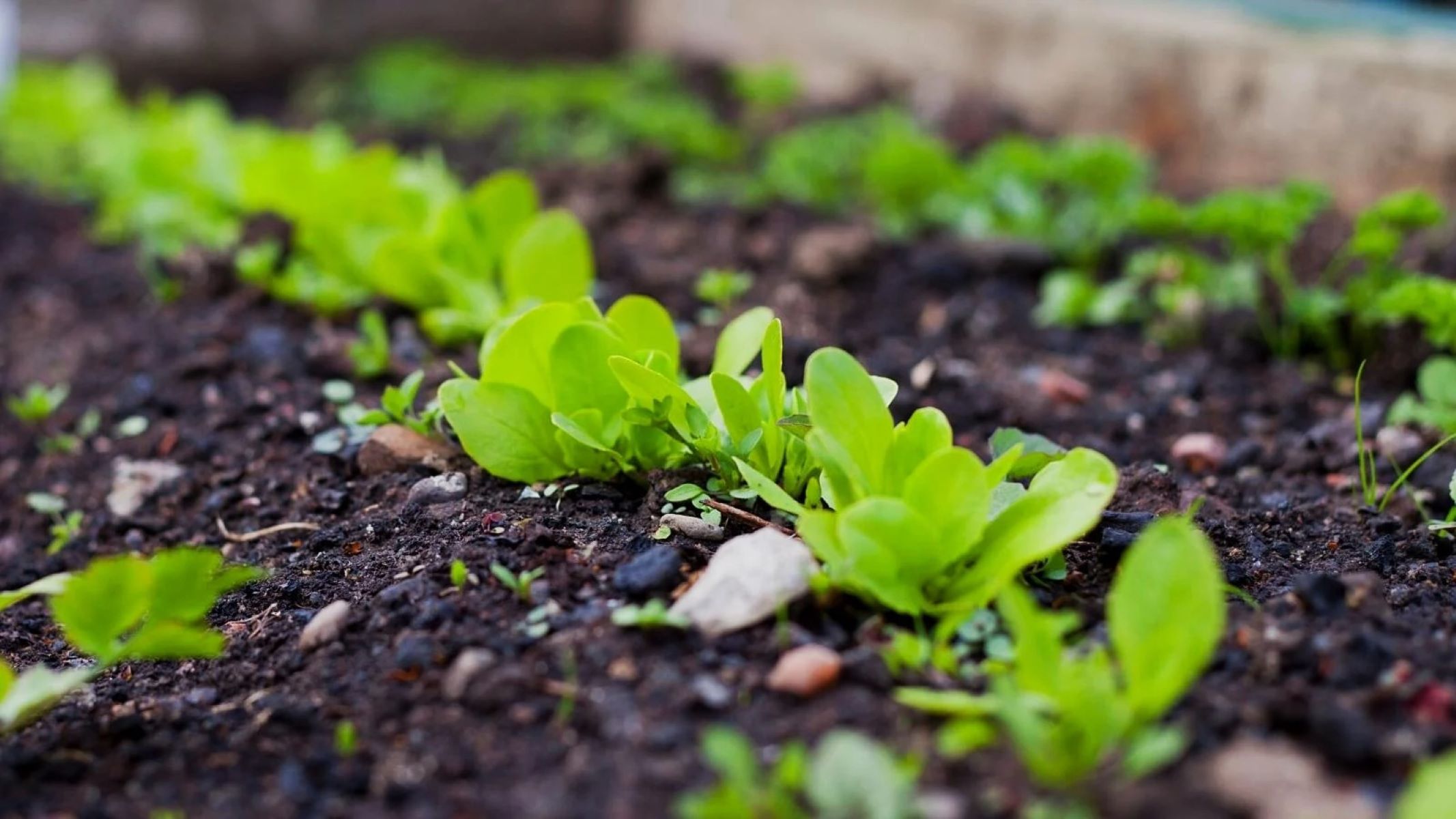
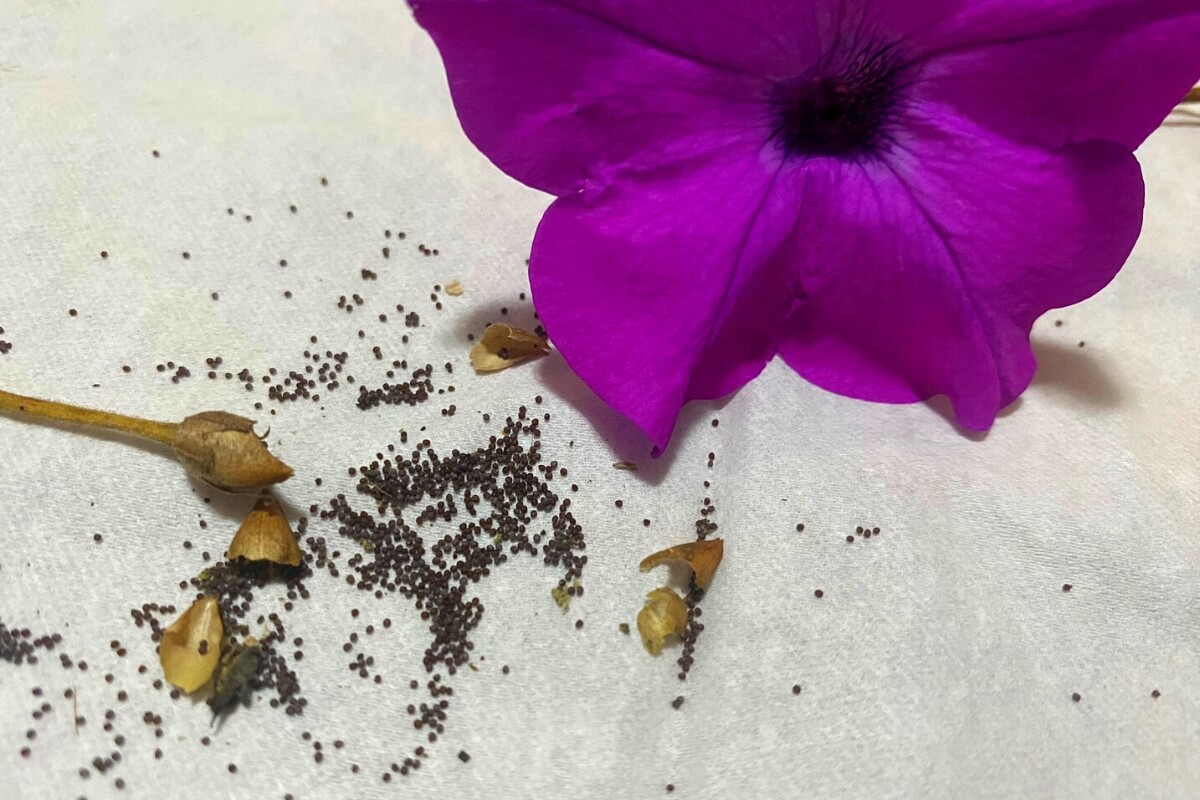
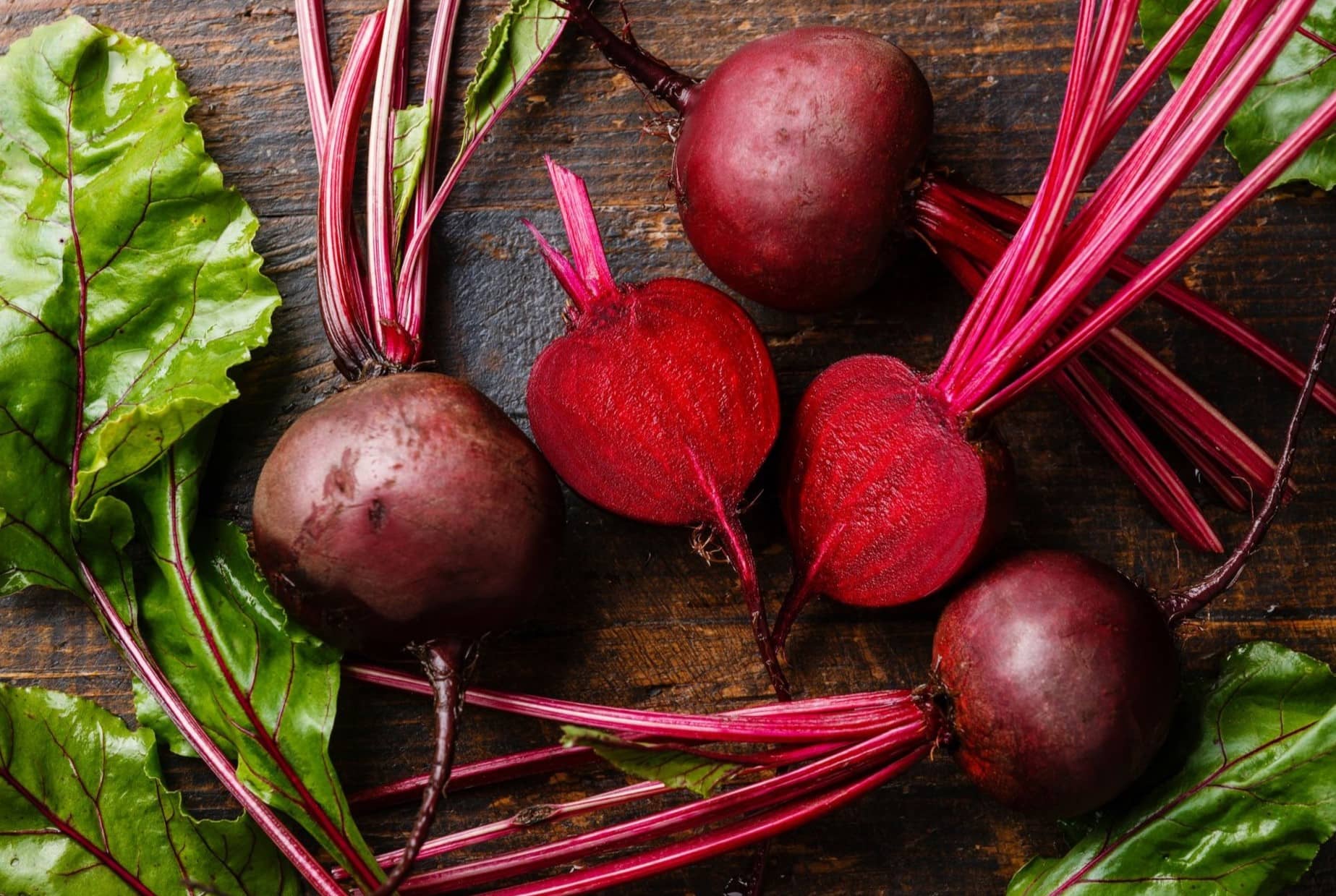


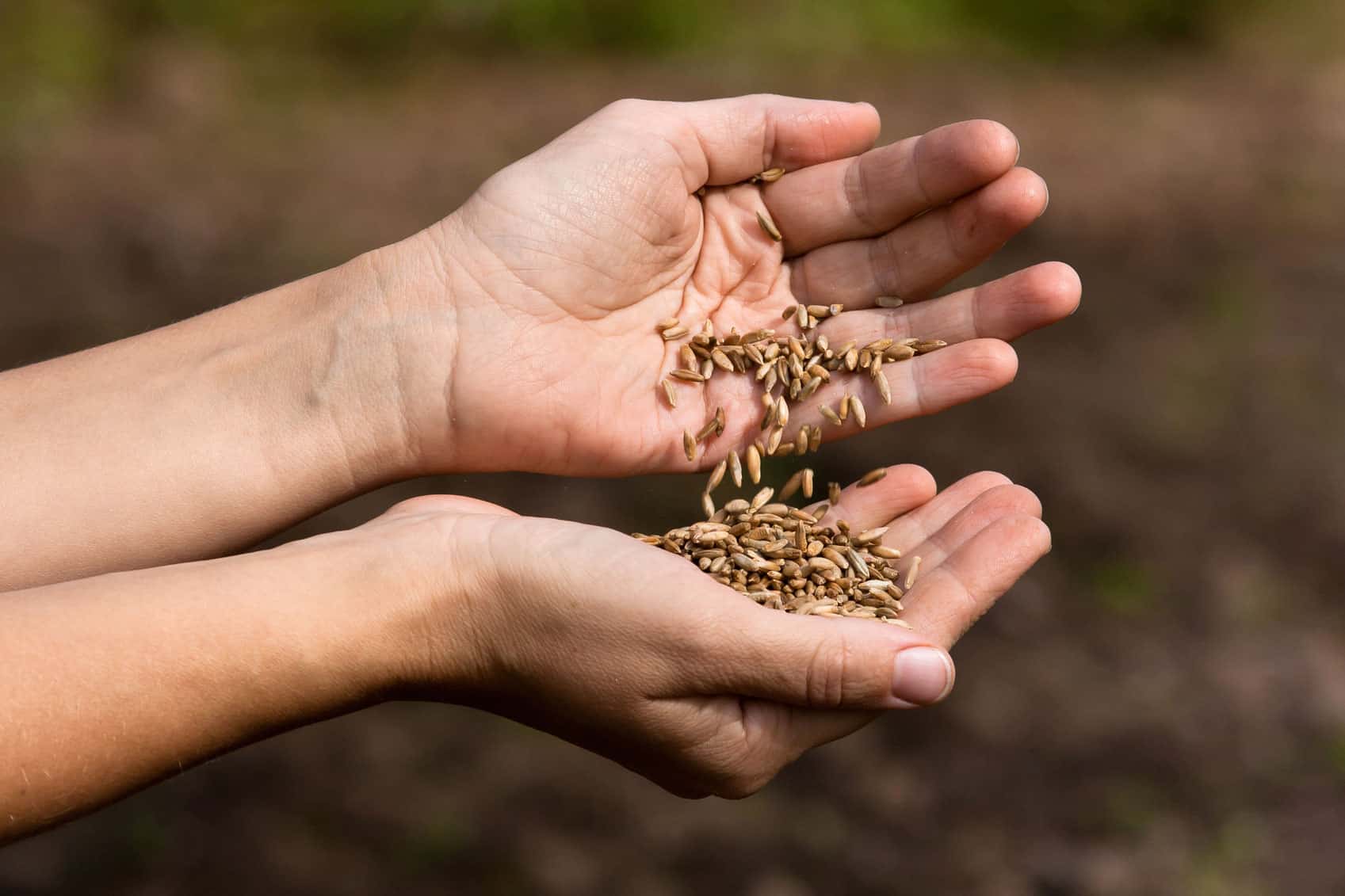
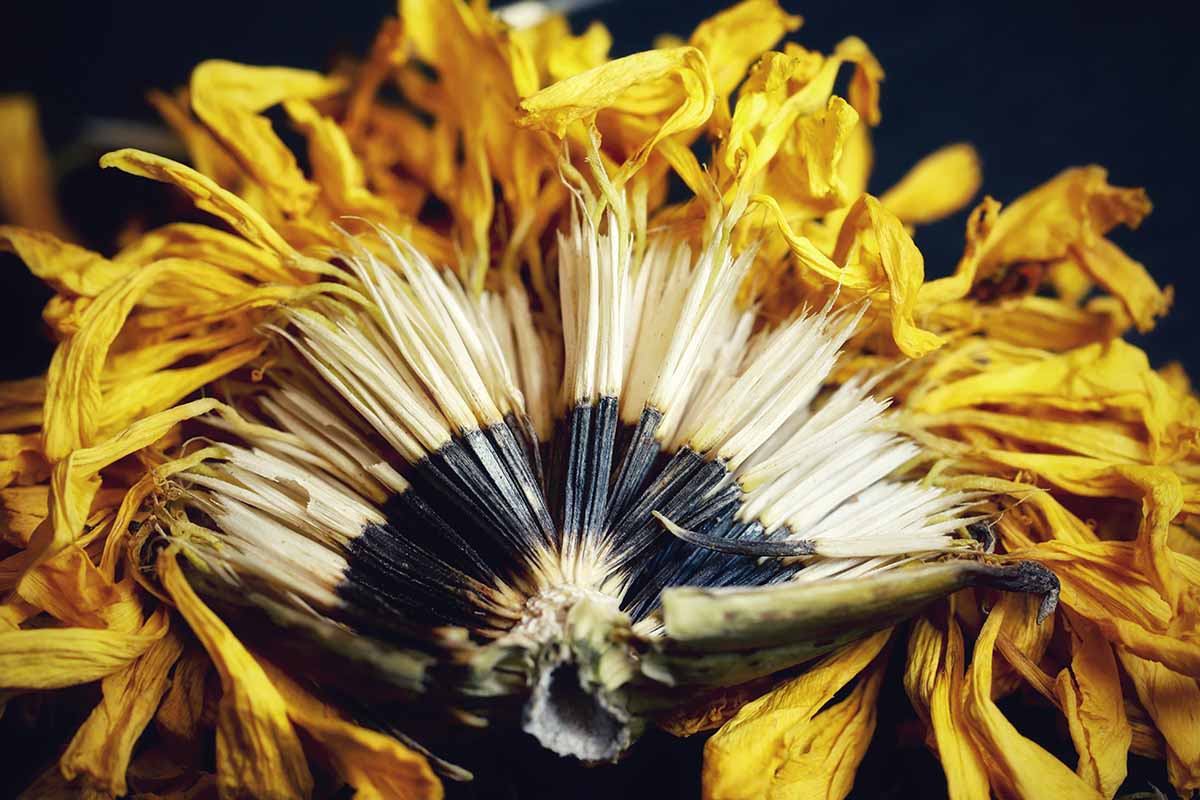

0 thoughts on “How To Get Seeds From Lettuce”